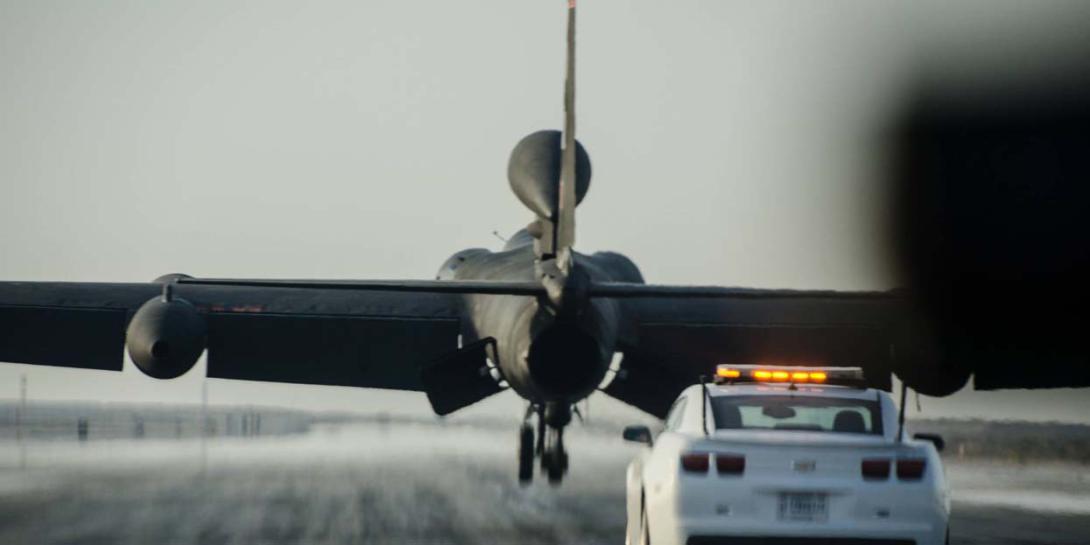Air Force Banks on New ISR Strategy
The U.S. Air Force is shifting its emphasis in intelligence, surveillance and reconnaissance (ISR) away from platforms and toward data as it develops a new ISR strategy. Planners are aiming at a new approach that changes how ISR is undertaken and how it benefits decision makers and warfighters alike.
The new strategy is being built around a core philosophy: “We cannot continue to conduct ISR in the same old ways using the same old methods,” states Col. Johnson Rossow, USAF, Air Force A-2 chief of capabilities-based planning under the Future Warfare Directorate. “We need to be looking at … using old tools in new ways, or new tools in new ways.”
He continues that the Air Force is not going to be tied to a specific sensor or platform. And, it must be able to move forward leveraging big data through artificial intelligence and machine learning. “Future conflict will be decided based on who is fastest at collecting, correlating, fusing, analyzing and securely transporting the right decision-quality data across multiple domains to the right decision maker,” Col. Rossow warrants.
“We want to design [ISR strategy] from the data outward,” he states. “There is a lot of data already out there and collected in so many different ways, so we need to think about it that way.”
The strategy is still in draft form, but several elements dominate it. Col. Rossow says it is guided by several principles that reflect its general direction.
Fusion warfare with an emphasis on data is high on the list. This principle takes two approaches: bringing together data from different sources and looking at data differently. The Air Force is examining how best to fuse this diverse data, the colonel allows.
Agility also is high on the list. In ISR, this entails how to address intelligence problems in different ways, Col. Rossow says. “We don’t want to be stovepiped into collecting things in one manner or another,” he explains. Being sufficiently agile to examine issues in different ways is vital.
Multirole ISR is another important element. “We’re not just doing ISR for ISR’s sake,” the colonel avers. Platforms must perform multiple roles so that ISR information would hold value across the warfighting spectrum.
And, a related principle is that is must be multidomain. The Air Force is active in air, space, cyberspace and terrestrial domains, and it must be able to take advantage of all of them, Col. Rossow declares.
One driver of this new strategy is the future threat environment, which the colonel describes as necessitating a faster and more efficient ISR enterprise. Potential adversaries are improving their own forces based on U.S. capabilities, he offers.
“Traditional industrial-age approaches to modern information-age challenges will not suffice with the changing environment,” the colonel points out.
Col. Rossow says the Air Force has a good relationship with U.S. industry, but some needed technologies and capabilities are increasing in importance. The emphasis on data calls for improvements in how data is standardized and visualized, and the colonel also cites improved human-machine collaboration tools as a goal. The Air Force wants industry to bring its own ideas on achieving these capabilities, he adds.
The new ISR strategy should be ready by February, the colonel allows.
Details about the new strategy will be available at the Air Force A-2 Industry Symposium, a TS/SCI (NOFORN) event being held February 2, 2018, at NRO Headquarters in Chantilly, Virginia.






Comments